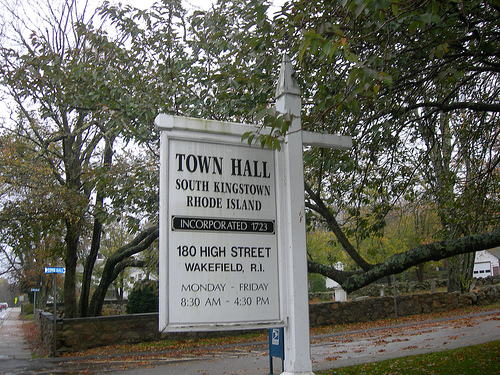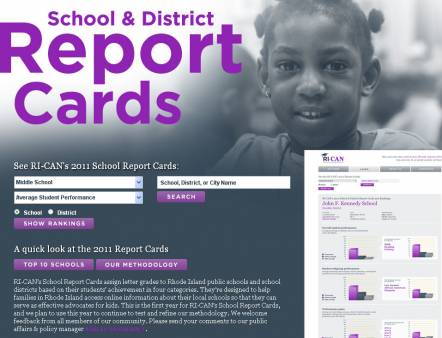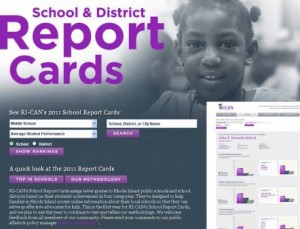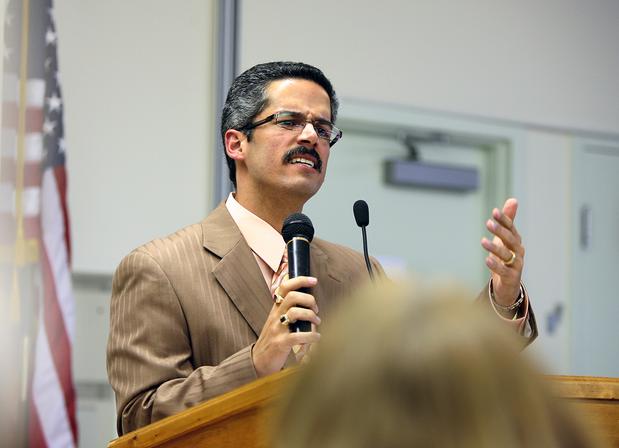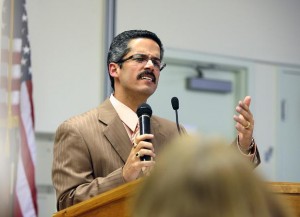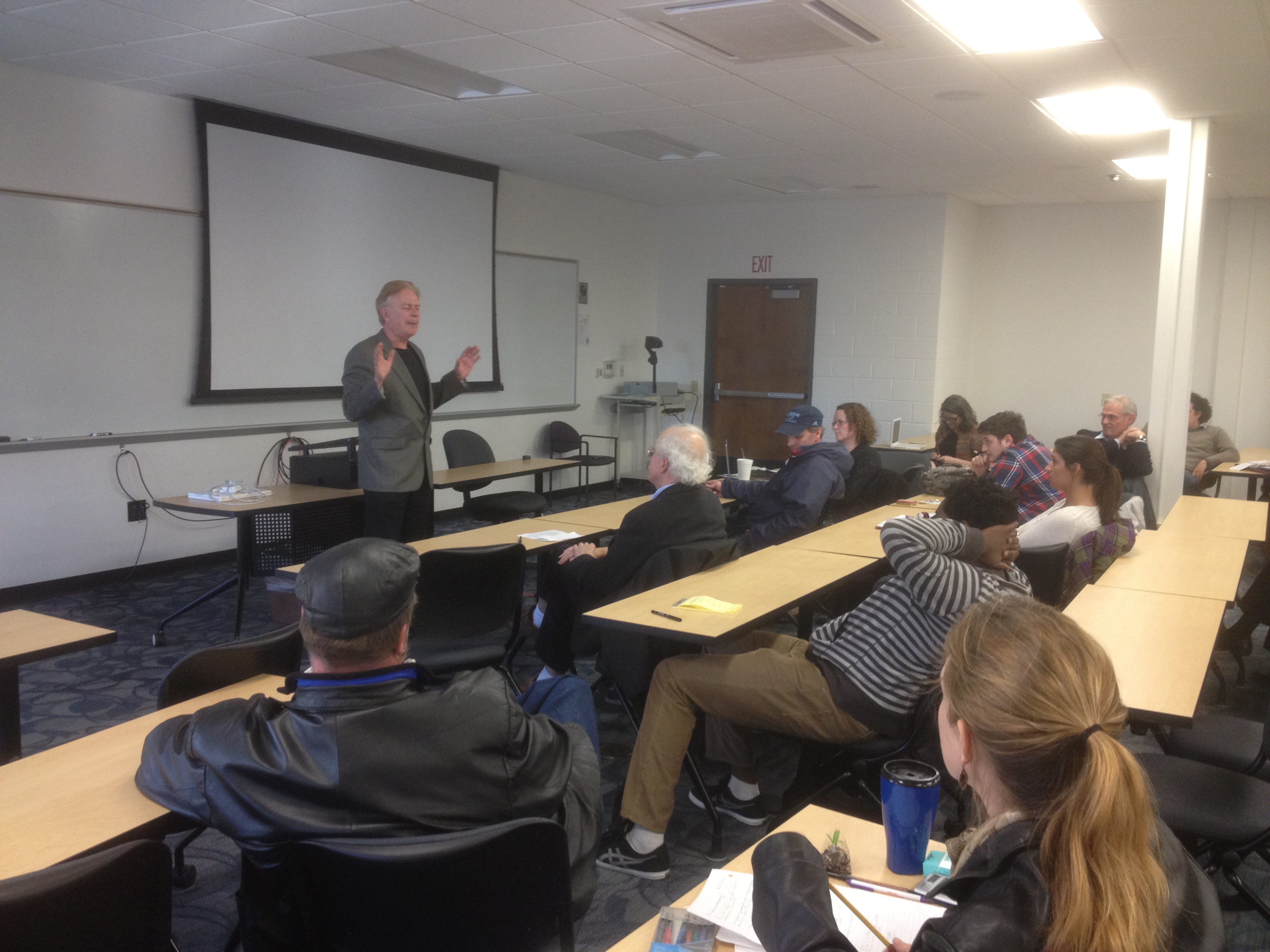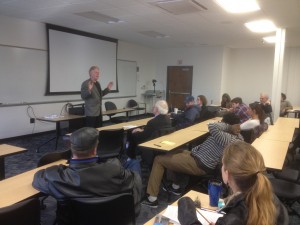 It’s often said that Rhode Island doesn’t get good value for its education dollar. The Rhode Island Public Expenditure Council says so every year, and the claim is dutifully repeated on the radio and I’ve heard it at the State House, too.
It’s often said that Rhode Island doesn’t get good value for its education dollar. The Rhode Island Public Expenditure Council says so every year, and the claim is dutifully repeated on the radio and I’ve heard it at the State House, too.
But is it true?
A while back I was looking at education funding and comparisons between states, and I noticed how thoroughly Rhode Island is outperformed by Massachusetts. Massachusetts, of course, is less urban than our little state, but even when you leave out Cape Cod and the Berkshires, or only look at urban areas, or high-poverty schools, students in Massachusetts schools tend to score higher on the national NAEP tests of academic prowess. (Check it out.)
As far as costs, Massachusetts is slightly below Rhode Island, though not by far. Both states are pretty much in the middle of the pack. Rhode Island has the 24th highest education expenditures per capita (counting public schools, colleges, and libraries) and Massachusetts is 27th, according to RIPEC’s annual compendium of census data. But it is lower and, according to their respective education departments, Massachusetts spent $13,047 per pupil in 2010, and RI spent $15,024. (These are elementary and secondary education costs, leaving us 8th in the nation and MA 13th.)
So what’s with that? Our higher costs can’t be attributed to unions, since Massachusetts is as unionized as we are, and besides they pay their teachers more, according to the NEA salary survey. So I looked in the results and found… well I found that it’s pretty hard to compare the numbers, since they’re all reported in different categories. I couldn’t help notice that the Massachusetts numbers do not include things like debt service, construction costs, and transportation for non-public students, maybe a quarter or a fifth of the differences in costs.
Fidgeting around with the numbers for a while, you quickly come to a couple of conclusions. First, the differences are more or less along the lines that Massachusetts has fewer teachers per student, but they get more in the way of support services than here, and they appear to spend quite a bit less on administration. Benefit costs might also have something to do with it, but it’s hard to say. Second, it will take an army of accountants to sort the differences out more precisely than that because the categories just do not line up in a way that makes it easy to compare our state with theirs.
The real reason I was even bothering with this is something else entirely. The Kids Count data book came out in April, and I’ve been meaning to write about it since. Let me say before I go on that I will likely be the last writer in America frantically waving the flag of liberal education as the grim waves of business needs wash over my vessel and draw me down to the darkling deep. To me, there is an inestimable value to teaching our children to appreciate the glories of human civilization. After all, that’s how we pass it on, isn’t it?
But stick with me for a moment, and let’s pretend to look at our schools as little factories to manufacture workers while we consider the, ah, raw materials — and how we care for them. And here’s the funny thing. On pretty much every variable of childhood health and well-being, Massachusetts children have a better time of it than ours do.
Lack of health insurance coverage? 3% vs. 6%. Children in poverty? 14% vs. 19%. Infant mortality? 5.1% vs. 5.9%. Immunized two-year-olds? 80.4% vs. 76.7% This is not just a story about our poverty rate or unemployment rate being higher than theirs. Eligible kids who get food stamps? 68% vs. 75%. Children under the poverty line without health insurance? 6% vs. 11%.
Overall, Kids Count calls Massachusetts the third healthiest state to be a kid in, and Rhode Island lags at 17th. Is it conceivable that this has no bearing on the collective school performance of our children?
Of course, what has our actual record been? Over the last few years, we’ve tightened eligibility rules and raised co-pays for Medicaid, reduced rental subsidies, ended or severely curtailed child care for poor families, and more. We prioritize the health of rich taxpayers over the health of poor children, and then complain when the poor children don’t do well on standardized tests. Go figure.
I’m not counseling only doom and gloom here. In fact, our standing in the Kids Count comparisons has made some desultory progress in the last couple of years. Despite the funding setbacks, some measures are still improving over where we were a couple of decades ago, just much more slowly and unevenly than we could. When we’re talking about relative performance of one educational system to another, it’s worth considering the factors outside of the classroom. Spending a bit more time worrying about the health of our children might be as productive as complaining about the cost of our schools.
Update: I edited to make the distinction between education costs clear.








